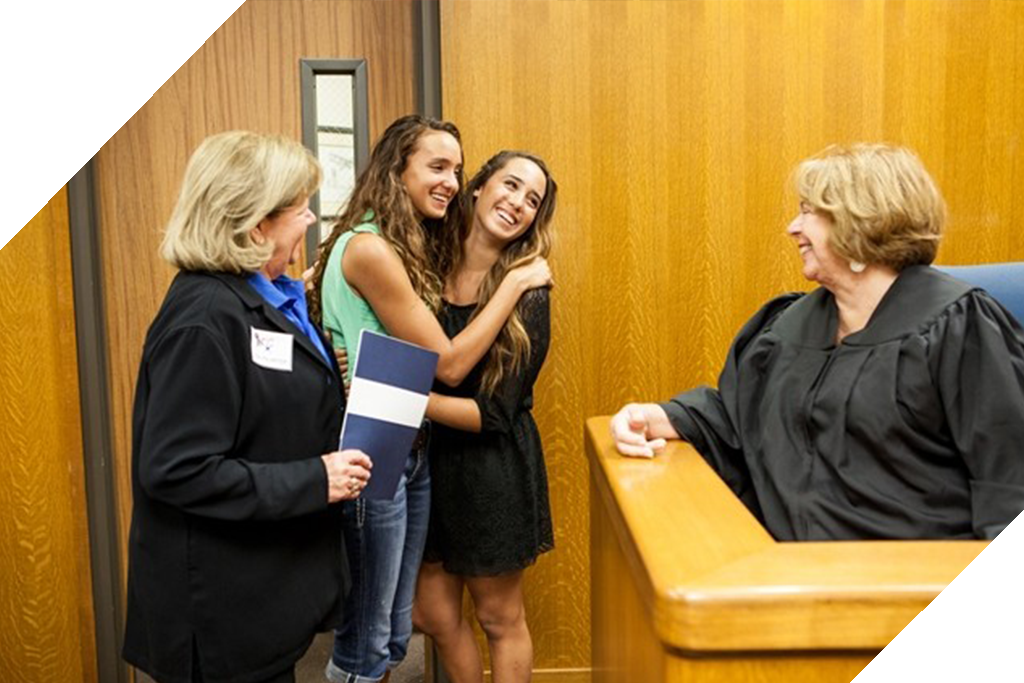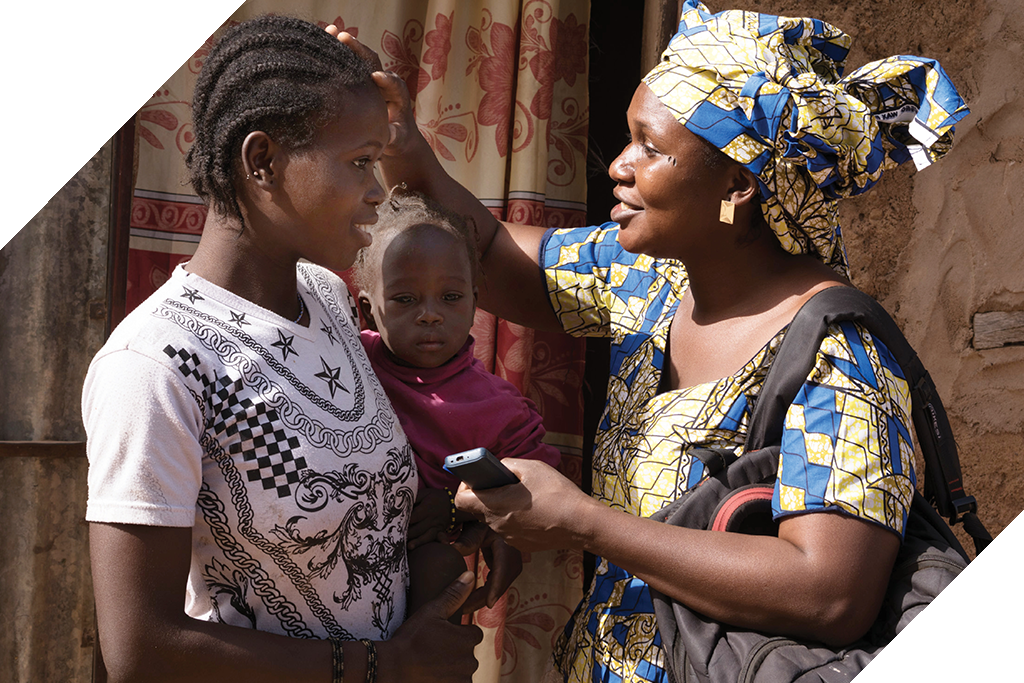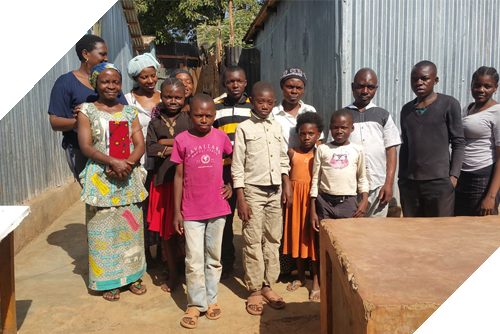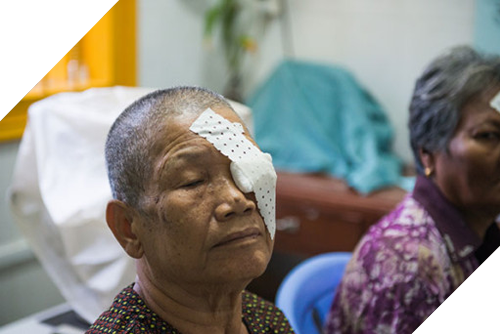Providing vision screenings, eye exams, and glasses to children in low-income communities—at no cost to the children or their families
Locations Served
California, Connecticut, Delaware, Georgia, Hawaii, Iowa, Maryland, Michigan, New Jersey, North Carolina, Ohio, Oregon, Pennsylvania, South Carolina, Washington DC
Budget
$19,345,121
Partner Since
2023
Choose your preferred method of giving:
In order to provide you with the best donor experience, please note your preferences around your generous pledge in the following form. You will receive an email with the necessary information for donating by check, wire, or DAF upon completion.
Problem
80% of learning during a child’s first 12 years is visual, and according to the American Optometric Association (AOA), about one in four children in school naturally need glasses to see the board, read a book, or participate in class. Unfortunately, in low-income communities across the country, 95% of kids who need glasses do not have them.
Healthcare inequities and lack of access to vision care are most pronounced in low-income communities. Nationwide 12 million students attend high-poverty schools. Children in these urban and rural communities lack glasses due to financial constraints, language barriers, unresponsive health bureaucracies, or the simple fact that there are no eye care professionals in their neighborhood.
Students with uncorrected vision problems often avoid reading, suffer headaches, have trouble focusing in class, and are less likely to read at grade level proficiency by third grade – a milestone critical to preventing dropout. They are more likely to be labeled as slow learners, engage in delinquent behavior, and drop out of high school. Up to 70% of juvenile offenders have uncorrected vision issues.
Programs Offered
Over the last decade, Vision to Learn has partnered with classroom educators and school nurses to address the “glasses gap” for ~2.5 million children across the country. They use mobile vision clinics, staffed by licensed doctors, to deliver critical vision care services directly to students at schools and community organizations in underserved communities, free of charge.
In 14 states and the District of Columbia, the program operates mobile clinics that travel to schools 5 days/week during the school year and visit Boys & Girls Clubs and summer library programs over the summer.
All K-12 students attending participating schools and organizations are helped, regardless of insurance, immigration status, financial circumstances, or other demographic characteristics. On average, 89% of the children served by Vision To Learn qualify for the Federal Free and Reduced-Price Meals Program, and over 90% are children of color.
The all-in cost of providing glasses to a child through Vision to Learn is about $150 (only $10 for the glasses). Vision To Learn is a sustainable, public-private partnership using Medicaid reimbursement and other public funding sources to reduce the need for private philanthropy substantially.
Historical Results
Vision To Learn operates the largest school-based eye care program in the country. Since its founding in 2012, the program has served 288 school districts in 700 low-income communities, in 14 states and the District of Columbia.
It has helped provide about 2.5 million children with vision screenings, 500,000 with eye exams and 400,000 with glasses—all at no cost to the children or their families.
Path to Credibility
Vision To Learn’s work has been recognized by many prominent individuals and organizations, including New York Times columnist Nick Kristof, the United States Senate, the California Teachers Association, the Campaign for Grade-Level Reading, and the Obama White House.
- In 2013, UCLA researchers looked at the school results of ~1,000 children Vision To Learn provided with glasses over the course of a school year.
- Grades improved when children were provided with the glasses they needed.
- Recently, researchers from Johns Hopkins University conducted the most extensive study ever in the U.S. about the connection between glasses and academic achievement.
- The children provided with glasses did much better in school, and the impacts were greater than more costly measures such as lengthening the school day, providing computers, or creating charter schools.
- The children who showed the biggest gains, the equivalent of an additional four to six months of learning, were those who are often the hardest to help — students in the bottom quarter of their class academically and students with learning differences and disabilities.
Focusing Philanthropy has conducted a Vision To Learn field visit in Washington, D.C., and we are currently collaborating with the inaugural 2:1 matching campaign to raise $1,800,000.
More Program Partners
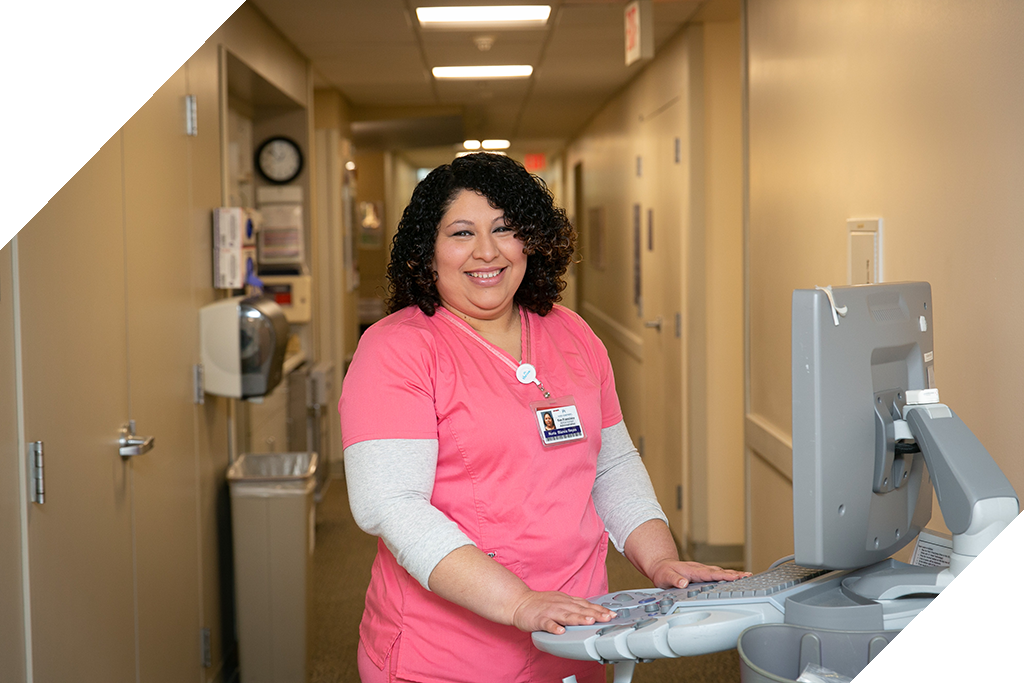
Expanding access to careers in healthcare for people facing barriers to employment with JVS.
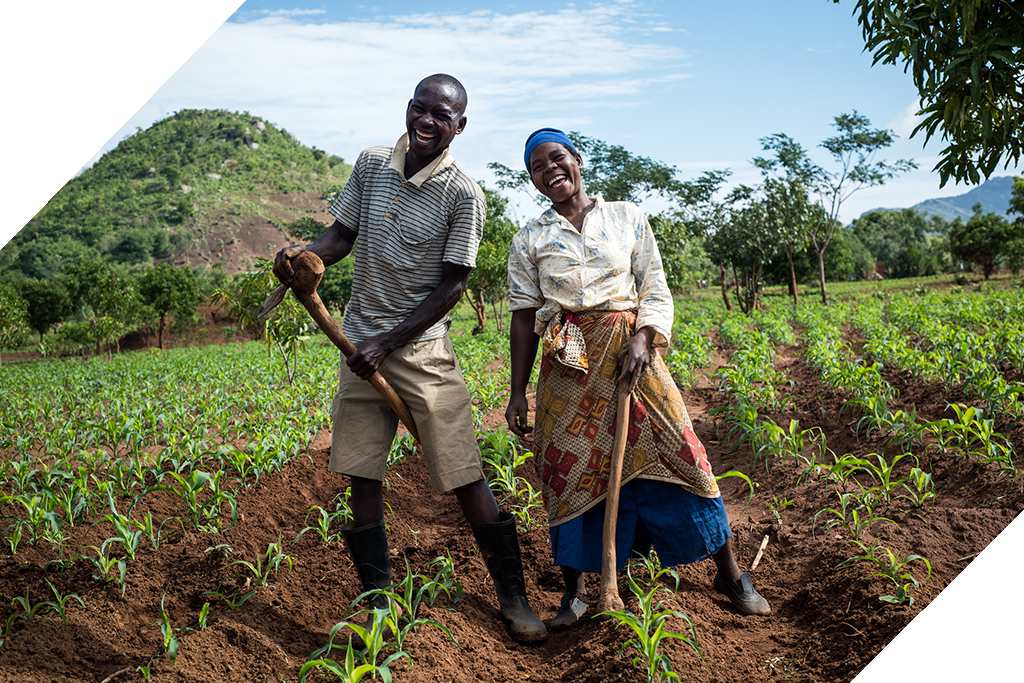
Helping hard-working subsistence farm families gain food security and economic opportunity with One Acre Fund.
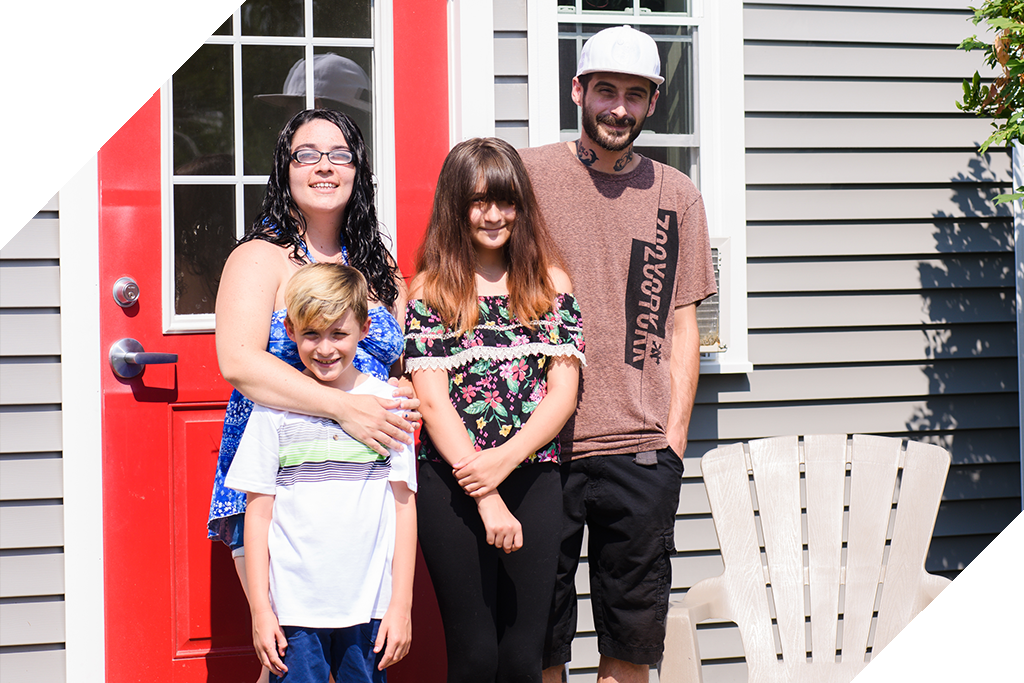
Expanding access to credit to people and places across the country where traditional finance does not reach with OFN.

Opening doors to careers in technology for Americans from underserved communities with Per Scholas.
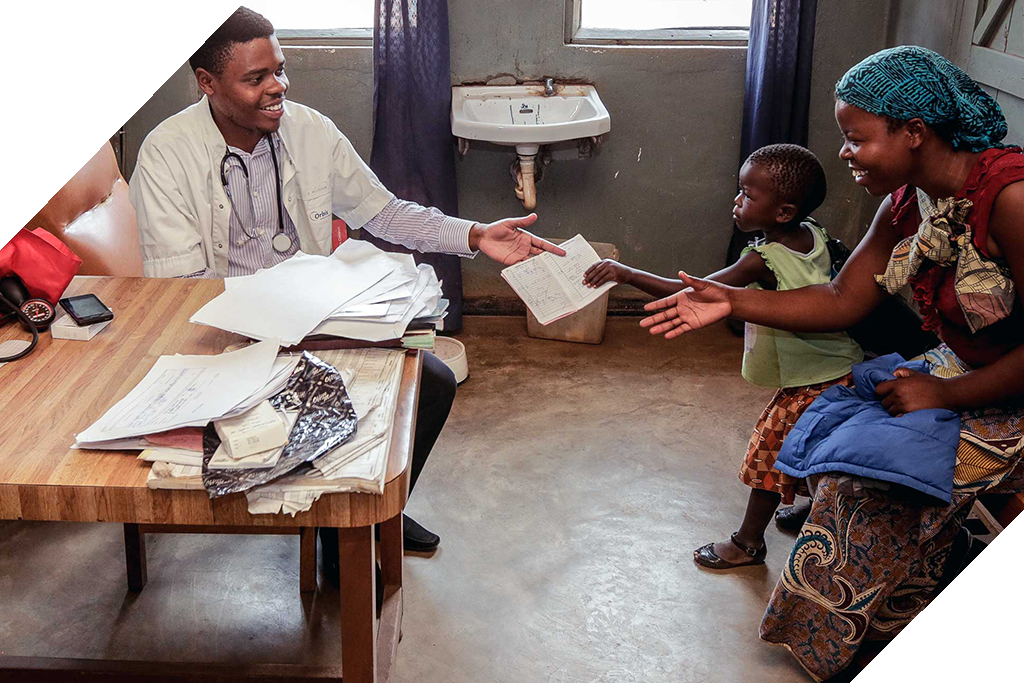
Bringing life-saving health care innovations to scale and sustainability in the world’s most underserved communities with VillageReach.
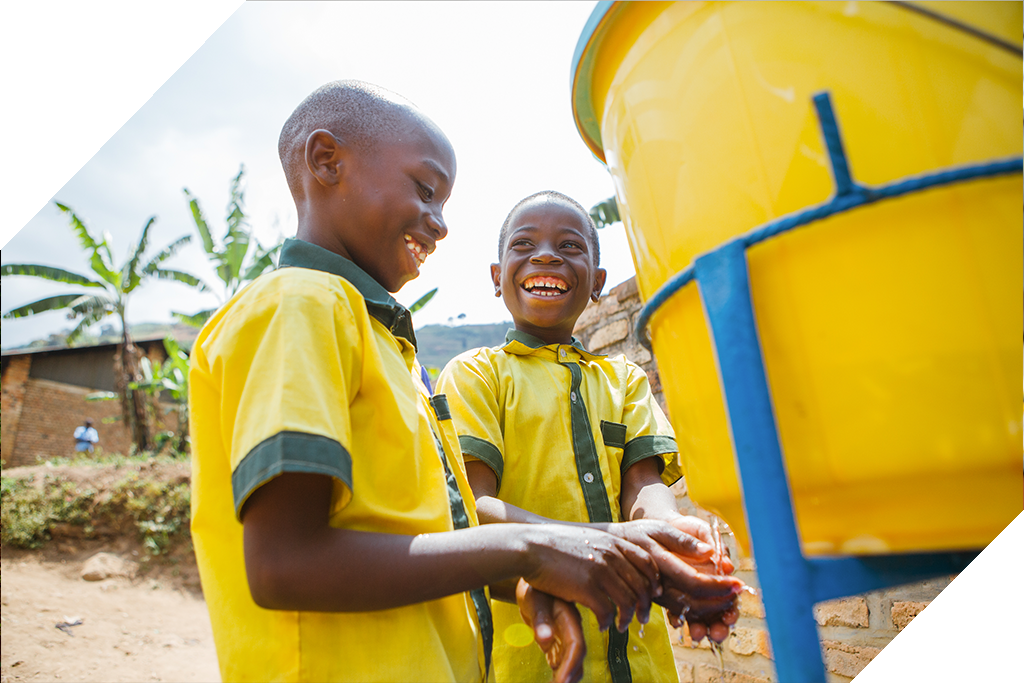
Promoting safe and reliable water, sanitation, and hygiene services for every family, clinic, and school with Water For People.


